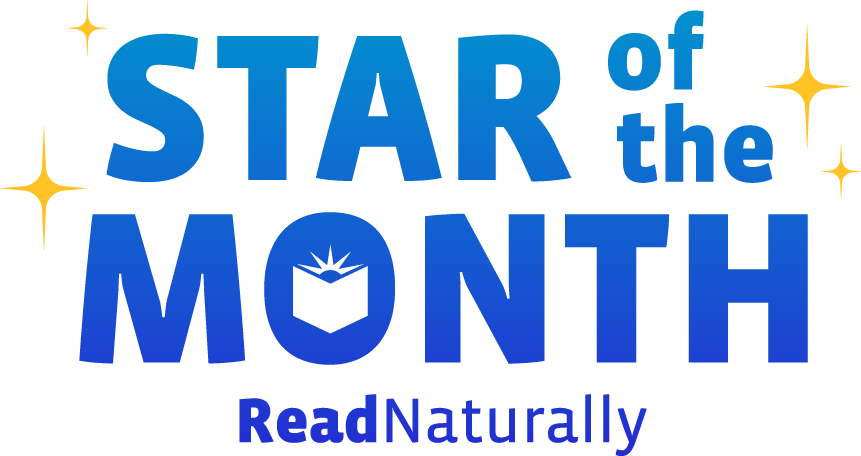As you prepare to assess students in reading this spring, take a moment to read these wise words from Read Naturally founder, Candyce Ihnot.
Read more In my fourth-grade classroom, I sometimes felt like a circus ringmaster, trying to manage multiple groups of students at different ability levels while making sure that all 24 students were engaged in a productive activity. Anyone who has stepped inside a classroom has seen the evidence of...
Read more Regardless of where kids are on their reading journey, there are countless ways to boost their literacy this spring. Here are some easy ideas for kids to try at home or for teachers to incorporate into the classroom. The free printables in this post will also make a great packet to send home over spring break!
Read more This parent-teacher conference season, we hope you have the pleasure of sharing great news about your students’ growth in reading. Many parents will wonder how they can help foster this growth at home. We have developed several handouts and programs specifically for this purpose, and conferences are a great time to offer these free resources to parents.
Read more The formative data in Read Naturally Live frees up valuable time for busy teachers, streamlining their ability to make informed decisions and accelerate student progress. Thanks to the program’s thorough reporting tools, educators have access to data on several metrics of student growth, updated every time they use the program. These detailed reports allow educators to efficiently and effectively differentiate instruction, set goals, track short- and long-term progress, share growth with parents and administrators, and more.
Read more The fact that so many students love working in Read Naturally programs brings us great joy. But we are most delighted when students no longer need our programs. The whole point of a Read Naturally intervention is to one day exit the program as a fluent and confident reader. The sooner this day comes for a student, the better!
Read more Valentine’s Day, a holiday about love, seems to instead fill a large portion of the population with dread. If romance isn’t your thing, you feel doomed. If you’re unpartnered, you feel left out. If you’re a teacher, you’re bracing yourself for a day of mayhem and over-sugared students. And if you’re a parent of school-aged children, your living space is suddenly littered with dozens of valentines your children need to address. Does anyone actually love this holiday?
Read more Do you ever wish you could invite a computer expert to your home or school to show you exactly what your computer and its programs are capable of? Sure, it’s all buried in the manuals somewhere, but nothing beats personalized instruction from an expert. The ability to ask your questions, to learn the skills that are most beneficial to you, to discover how a device or program can meet your specific needs—this experience would increase user satisfaction by leaps and bounds.
This is exactly the kind of experience we offer through our personalized training options.
Read more Now that the school year is half over, many teachers wonder if it's too late to begin a Read Live intervention. The answer is no! It's never too late to implement Read Live or to add students to your existing account. Once you've trained students in how to use the program, they will start benefitting right away. They can even continue using the program over the summer.
Read more Read Live includes four programs in one, making it a comprehensive suite to meet your students' reading needs every step of the way. All Read Live subscriptions include complete access to Read Naturally Live, Word Warm-ups Live, One Minute Reader Live, and Read Naturally Live—Español. These programs specifically target phonemic awareness and phonics; fluency; vocabulary; comprehension; independent reading practice; and building reading proficiency in Spanish.
Read more  Share your student’s success story—nominate him or her for our Star of the Month award. Win a Barnes & Noble gift card for the student and a Read Naturally gift certificate for your class!
Share your student’s success story—nominate him or her for our Star of the Month award. Win a Barnes & Noble gift card for the student and a Read Naturally gift certificate for your class!